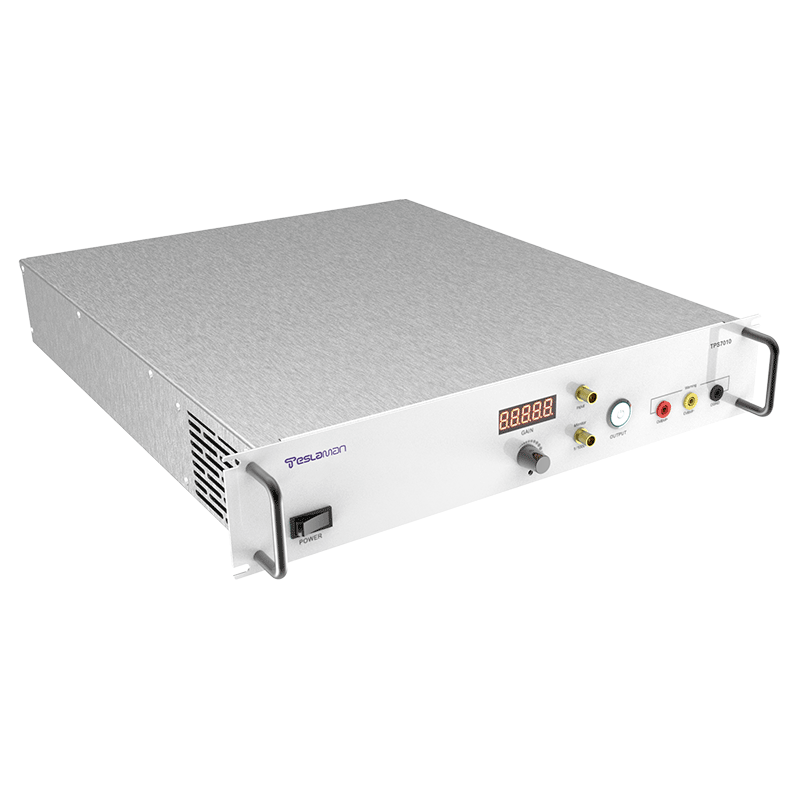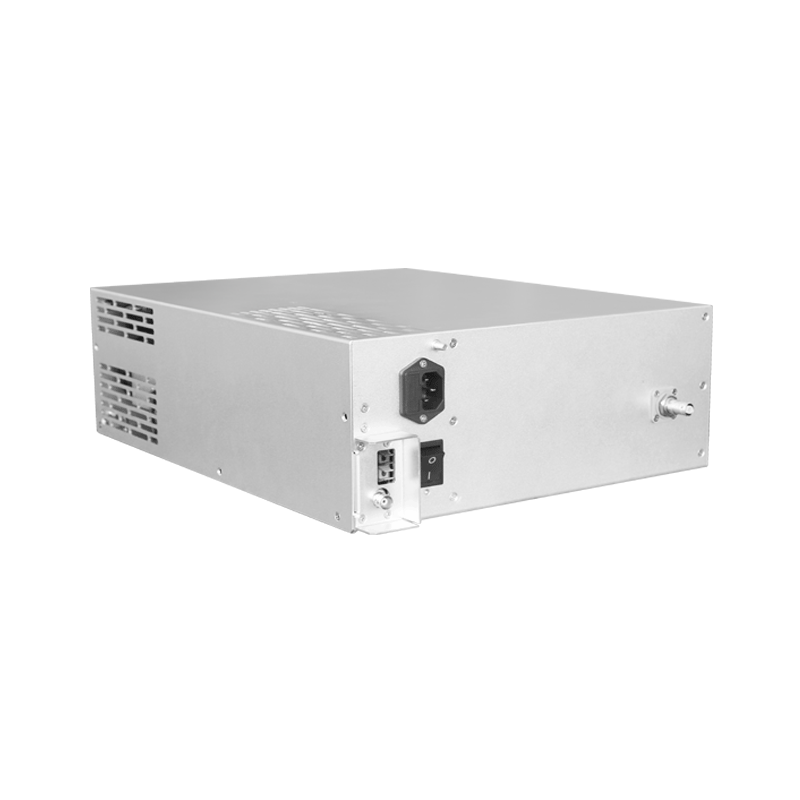Application and Efficiency Evaluation of High-Voltage AC Power Supply Systems in Aircraft Power Supply Systems
With the rapid development of aviation technology, the requirements for power supply performance and efficiency in aircraft power supply systems are also increasing. High-voltage AC power supply systems, as a highly efficient and stable power solution, have been widely used in aircraft power supply systems. This article will discuss the application of high-voltage AC power supply systems in aircraft power supply systems and their efficiency evaluation methods from a professional perspective.
I. Application of High-Voltage AC Power Supply Systems in Aircraft Power Supply Systems
The aircraft power supply system mainly includes engine-driven generators, batteries, converters, and control systems, etc. Among them, the high-voltage AC power supply system, as a key component, provides stable and reliable power support for the aircraft. Its main application scenarios include:
1. Engine Starting and Ignition: The high-voltage AC power supply system can provide sufficient starting power for the engine to ensure the engine starts smoothly and ignites.
2. Power Supply for Airborne Equipment: Various electronic devices and systems on the aircraft, such as avionics systems, navigation systems, communication systems, etc., all require stable AC power supply. The high-voltage AC power supply system can meet the high requirements of these devices for power performance.
3. Emergency Power Supply: In emergencies, the high-voltage AC power supply system can be used as an emergency power supply to provide necessary power support for the aircraft and ensure flight safety.
II. Efficiency Evaluation Methods for High-Voltage AC Power Supply Systems
Efficiency evaluation of high-voltage AC power supply systems is of great significance for evaluating their performance, reducing costs, and improving energy utilization rates. Common efficiency evaluation methods include:
1. Thermal Loss Analysis Method: By measuring the thermal loss of the power supply system, the overall efficiency of the system is calculated. This method is simple and easy to implement, but it cannot reflect the efficiency changes of the power supply system under different loads.
2. Waveform Analysis Method: By measuring and analyzing the output voltage and current waveforms, parameters such as harmonic distortion and power factor of the power supply system are evaluated, and then the efficiency of the system is calculated. This method can accurately reflect the actual operating state of the power supply system.
3. Simulation Method: Using simulation software to establish a mathematical model of the power supply system, simulate its operation under different working conditions, and thus evaluate the efficiency of the system. This method has strong predictability and wide applicability.
4. Experimental Verification Method: Test the high-voltage AC power supply system on the actual test platform, measure its input and output power under different loads, and calculate the efficiency of the system. This method can truly reflect the actual performance of the power supply system.
III. Conclusion and Outlook
The application of high-voltage AC power supply systems in aircraft power supply systems provides a strong guarantee for the stable operation of aircraft. By adopting effective efficiency evaluation methods, the performance of high-voltage AC power supply systems can be further improved, energy consumption can be reduced, and energy utilization rates can be improved. In the future, with the continuous advancement of aviation technology and the deepening of the concept of green aviation, high-voltage AC power supply systems will continue to be optimized and perfected to provide strong support for the sustainable development of aircraft. At the same time, the application of emerging technologies such as intelligent control technology and wide bandgap semiconductor materials will also bring new opportunities and challenges to the development of high-voltage AC power supply systems.




















